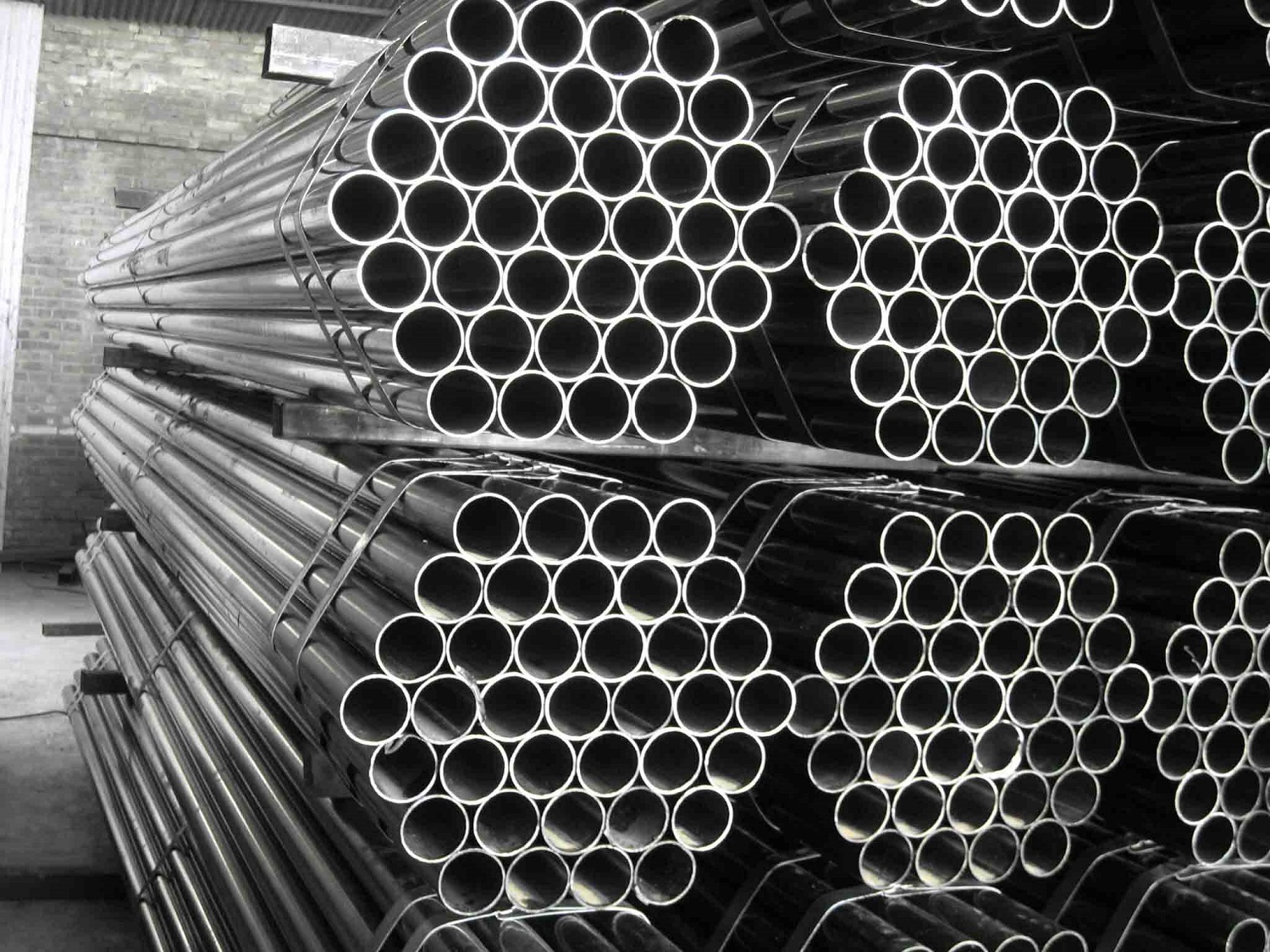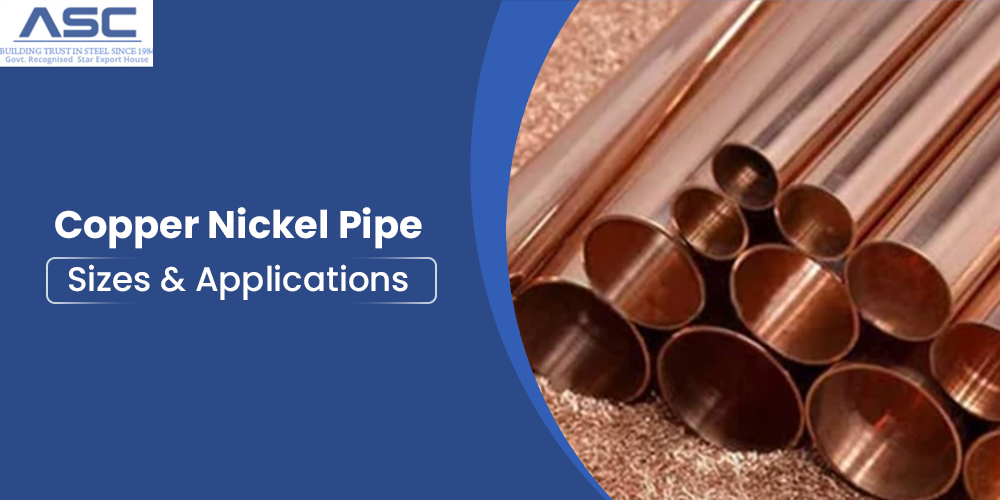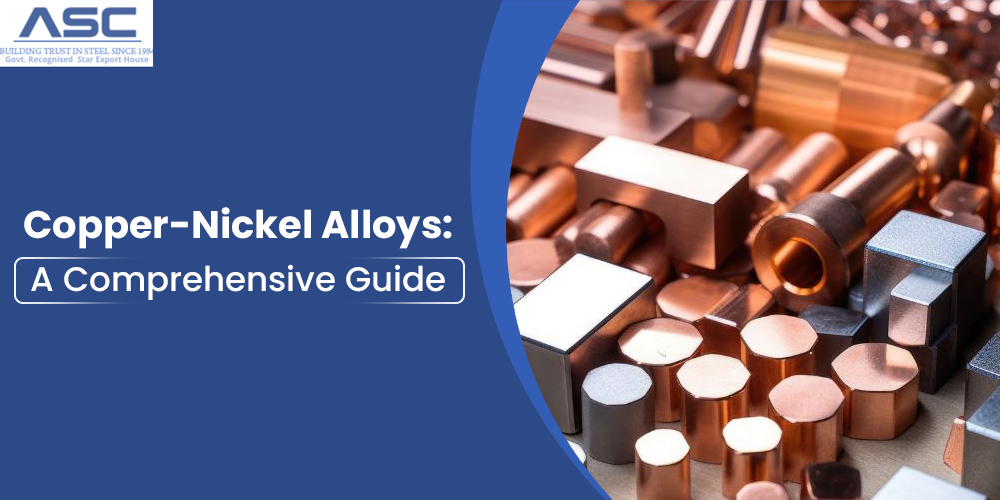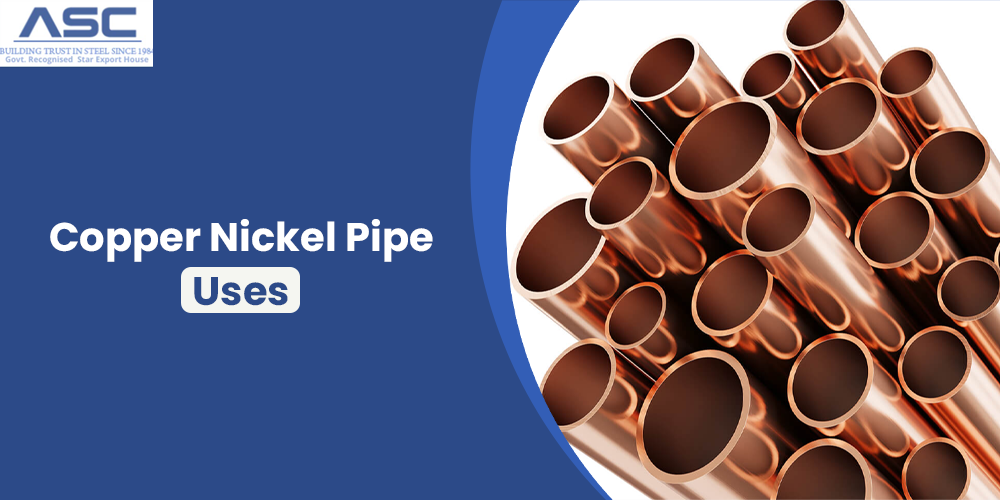All about Carbon Steel Boiler Tubes
Posted on September 20, 2021 at 3:00 PM

Overview:-
A boiler with a high-pressure water tube is a form of boiler in which water runs through tubes that are heated externally by the gas. Fuel is used within the furnace to create hot gas that warms up water for steam in the pipes. The mild corrosion tolerance and even strength of Carbon Steel Boiler Tubes are present up to 1000°F. Nonetheless, the vulnerability to graphitization must be considered while using them over 800°F. In boiler tube thicknesses, graphitization was not a serious concern. But a large section pipe exceeding 800°F is not recommended.
Carbon steels are recognized to be the fundamental alloy factor for steels that contain solely carbon. These steels may additionally include up to 1.2% manganese and 0.4% silicon. Apart from 'contaminants' such as phosphorus and sulfur,' tiny amounts can be discovered in the residual components such as nickel, chromium, aluminum, molybdenum, and copper, organically removed from raw resources.
Carbon Steel Boiler Tubes:-
Carbon Steel Boiler Tubes will not operate unless wood, fuel, oil, and combustible gas are burnt and heat produced by burning leads to heating of water. The difference might be the energy generated by a system. Steam turbines, as opposed to boilers, produce higher pressures. A nuclear reactor may also supply electricity, as well as gas. The engine is powered by the water that transforms to vapor. The train engine was also named boilers even before the phrase "Steam Turbines" was coined. Currently, Carbon Steel Boiler Tubes are only a component of the larger engine called steam turbines.
Carbon Steel Boiler Tubes are produced in varied designs and dimensions which rely on the features of the fuel, the specific heating output, and the required emission control. A handful of Carbon Steel Boiler Tubes are simply supplied with water for heating, while others should supply steam. There are 2 types of traditional steam boilers: heater for fire pipes and heating for water pipes.
The heater for the fire pipe is anything but difficult to establish and operate. On steam locomotives, a fireplace heater is utilized. The water tube heater is usually connected to factory vessels and lines. To begin, boats employ the supplied steam for a variety of purposes such as heating, sanitation, and so on. In a row inside a water-filled outer shell, fire tube boilers have straight tubes installed. This system's primary goal is to let these tubes flow through the heat gases. Fire-tube boilers are divided into 3 kinds.
Water-tube boilers' ability to create superheated steam makes them particularly appealing for applications involving hot, high-pressure, high-energy steam, such as the generation of steam turbine power. In water-tube boilers, water flows inside the tubes and is heated outside by hot gases created by the furnace. Hot gas travels via one or a lot of pipes with fire chambers that thermally heat up the water. ASME SA179 Boiler Tubing is the lower carbon variant, with a carbon concentration of up to 0.25 %. This boiler is often referred to as a moderate grade. With less fatigue failure, the boilers are weldable and tougher.
Applications of Carbon Steel Boiler Tubes:-
Boiler vapor pressure is controlled by pressure trolls. Boilers are usually equipped with 2 or 3 pressure trolls: a manual reset press trolley, acting as a safety device, setting the maximum steam pressure threshold, a work stress trolley that governs the force when the boiler burns, and a modulating pressure trolley for the boilers with an adjusting burner.
Carbon Steel Boiler Tubes are also utilized in the manufacture of safety valves. It is used to relieve pressure and avoid potential explosions of boilers. They also serve as water level indicators. They display the user the quantity of fluid in the boiler, often known as a glass of vision.
Buy Carbon Steel Boiler Tubes in India:-
At Amardeep Steel, we don’t compromise with the quality of our products and thereby maintain the trust of our customers for reliable services provided. Our Carbon Steel Boiler Tube is one of a kind in the market, it can be widely used in a variety of heavy-duty industrial applications.


